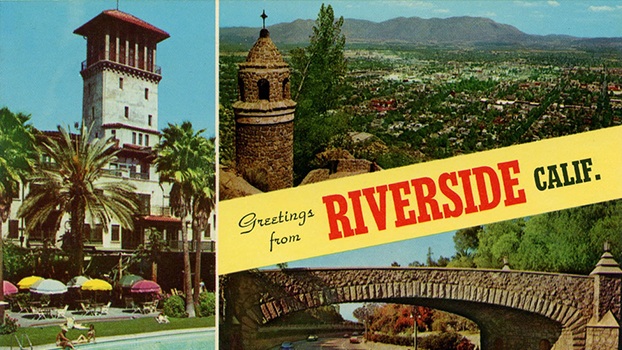
HRG assists Riverside with Historic Storytelling Project.
Historic Resources Group is working with the City of Riverside on a local storytelling project, which is part of a larger community outreach effort from the City of Riverside’s Historic Preservation, Neighborhoods and Urban Design Division (HPNUD). Through storytelling and oral histories, the City wants to reconnect residents with the immediate local area and their active role in “history in the making.” One of the main goals of the project is to provide a format for neighborhoods and organizations to participate in recording the area’s history and take ownership of that history. Please visit the Riverside Storytelling Project on Historypin, and tell us about the people and places in Riverside that matter to you.
Preserving Palm Springs!
Historic Resources Group is working with the City of Palm Springs on the first comprehensive, citywide survey of historic resources. Important people and places from each era will be studied in order to provide City staff, policymakers, and interested public stakeholders an inventory of properties with potential historic significance. Palm Springs is a special place with a unique history, and the success of the survey project relies on input from the public – what are the places, people, and stories that are important in Palm Springs’ history? What are the hidden gems that should not be missed? Please visit the Preserving Palm Springs page on History Pin, and tell us about your favorite historic place in Palm Springs!
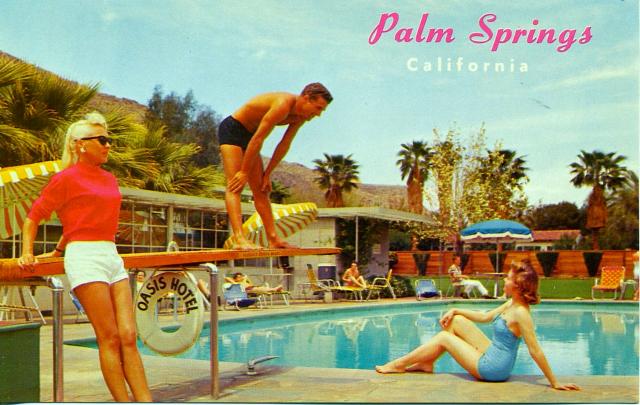
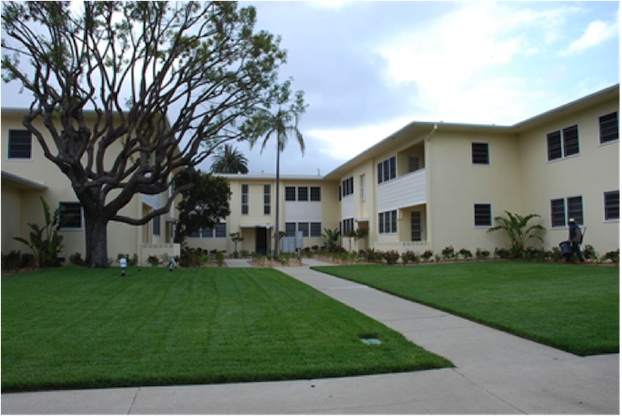
Garden apartments are celebrated.
Historic Resources Group's Principal Architect Peyton Hall, FAIA and Planning Associate Robby Aranguren, recently participated in the Los Angeles Conservancy’s “We (Heart) Garden Apartments!” tour. The event highlighted the historic significance of early garden apartments which represent important innovations in multi-family housing. Docent-led tours of several of Los Angeles's most important historic garden apartment complexes were featured. Peyton and Robby were onsite at the Lincoln Place Apartments to share their expertise and experiences working on the rehabilitation of this iconic garden apartment complex constructed between 1949 and 1951. Designed by architect Heth Wharton and pioneering African American designer Ralph Vaughn, the residential buildings at Lincoln Place exhibit a notable degree of architectural variation that is unusual in early garden apartments.
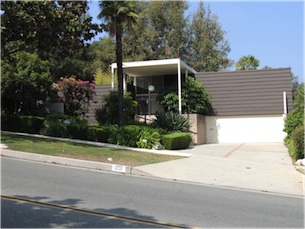
HRG develops historic context statements.
Historic Resources Group recently completed historic context statements for the cities of South Pasadena and Glendale. Historic context statements highlight the development patterns that are critical to the understanding of the built environment, and act as a framework for the continuing process of identifying historic, architectural, and cultural resources in a community. Both studies were funded by Certified Local Government grants issued by the State Office of Historic Preservation.
For the City of Glendale, HRG developed a context statement for the South Glendale neighborhood, which contains numerous historic resources dating from the late 19th through the late 20th centuries. The South Glendale Historic Context was developed as part of the new community plan for the area. The context statement will assist in the identification and protection of historic resources, as well as inform other aspects of the Plan such as policy recommendations, zoning changes, and design review.
For the City of South Pasadena, HRG developed a city-wide historic context to expand and enhance existing studies of the city’s history. One of the priorities for the context update was the development of a comprehensive study of the city’s resources from the recent past, which had not been previously documented. South Pasadena has an impressive collection of neighborhoods representing significant periods of the city’s growth, along with important individual examples of period architectural styles and works by prominent local architects from the 19th century through the 1960s.
Above right: House of 1964 by Robert Skinner located in South Pasadena.
Above left: 1920s residential development along Garfield Avenue in South Glendale.
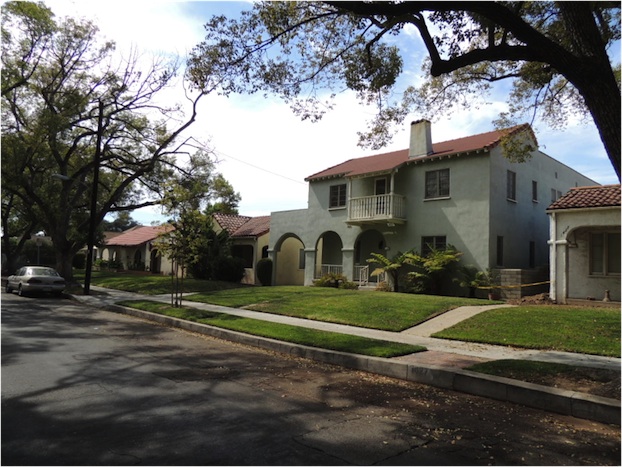

Constance Hotel reopens as the "dusitD2 constance pasadena."
The Constance Hotel, constructed in 1926, is one of the few remaining hotels from Pasadena’s storied history as a winter resort destination during the late 19th and early 20th centuries. The hotel is significant for its association with the development of Pasadena tourism and as an excellent example of Mediterranean Revival-style architecture. The Constance Hotel was designed by architect McNeal Swasey. Its original owner and namesake, Mrs. Constance Perry, maintained a residence on the second floor.
As the historic preservation consultant on the project, Historic Resources Group prepared a City of Pasadena Historic Landmark application, provided CEQA analysis, and completed a federal historic rehabilitation tax credit certification for adaptive reuse of the building. HRG also provided design consultation and construction monitoring.
After decades as an assisted living facility, the Constance Hotel has been returned to its original use and reopened as a boutique hotel. During the project’s second phase, the hotel’s attached retail building will be rehabilitated, an addition at the south side of the hotel tower will be constructed, and a new parking structure with a rooftop swimming pool will be added.
Above: Historic photo of Hotel Constance. c. 1926.